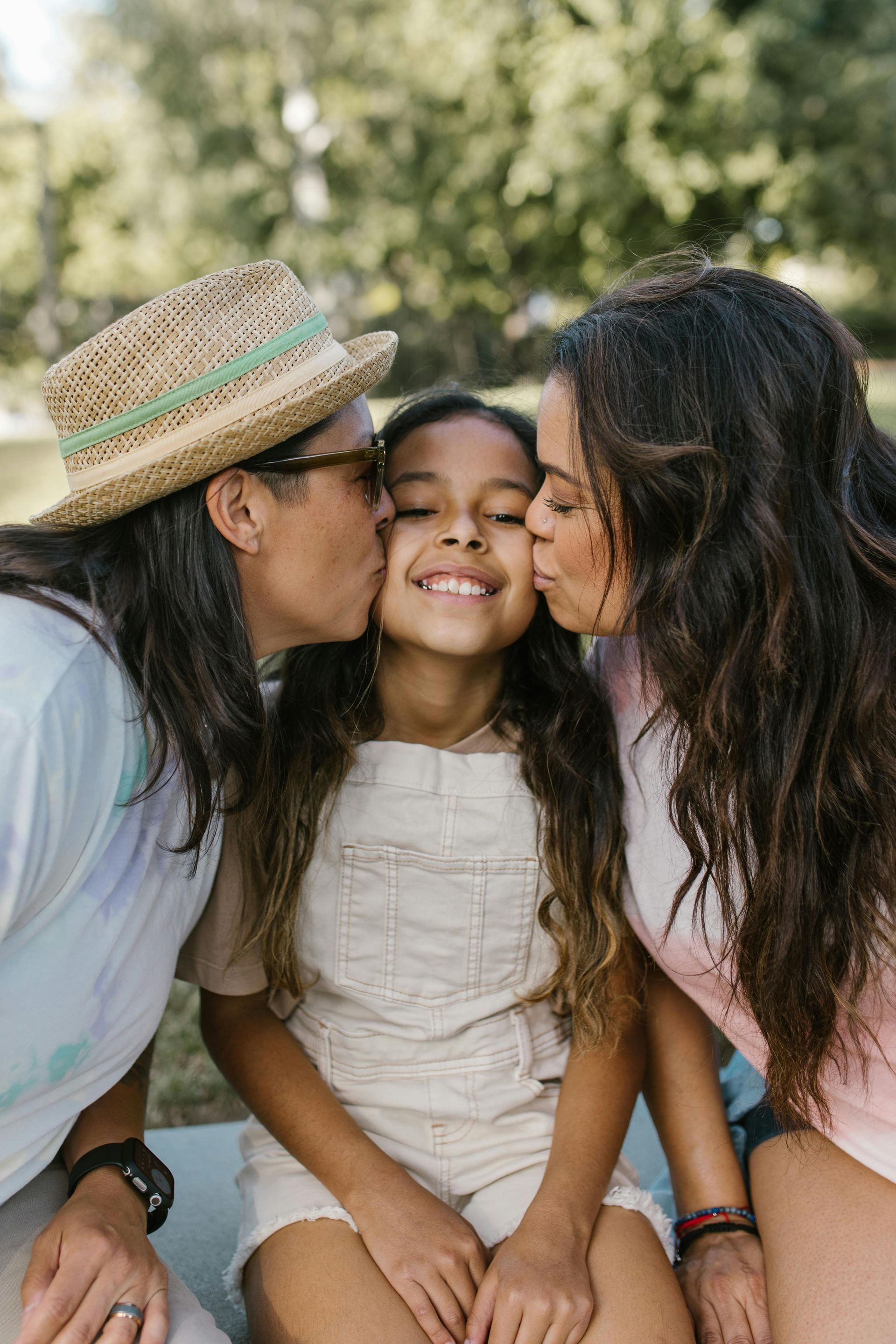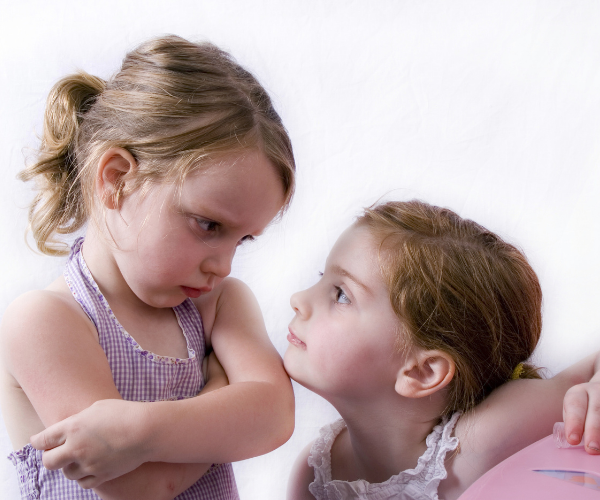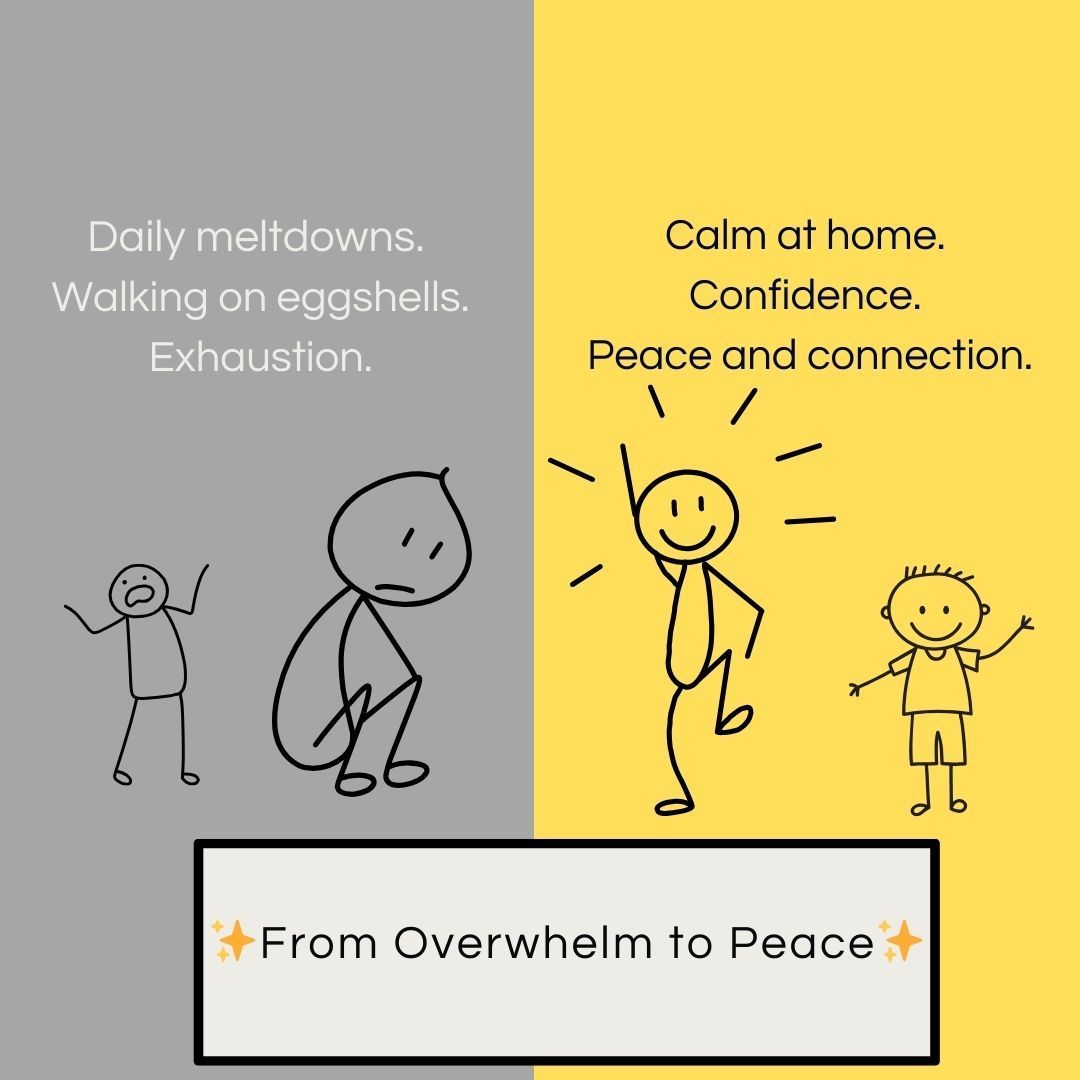Why lectures don’t teach frustration tolerance (and what does)
Ceara Deno, MD • October 27, 2025
Schedule A Free Call
This is a subtitle for your new post

I often hear from parents who say,
“I try to explain why my child shouldn’t get so upset… but it never works.”
And they’re right — it doesn’t.
When children are frustrated, their brains are not in a state to learn.
In those moments, their nervous system is in survival mode. The prefrontal cortex — the part responsible for logic, reasoning, and impulse control — goes offline.
So even the calmest, most well-intentioned explanation can’t land. It’s not because your child is being defiant or disrespectful; it’s because their brain literally can’t process your words when it’s flooded with emotion.
The Real Way Kids Learn Frustration Tolerance
Frustration tolerance isn’t taught through lectures.
It’s modeled through co-regulation.
Every time your child sees you stay grounded, patient, or even gently playful in the face of their big emotions, you’re teaching them — without words — how to manage frustration.
You’re sending a powerful, implicit message:
“This feeling isn’t dangerous. You can handle it. I can handle it too.”
That’s how emotional resilience develops — through repeated experiences of being with someone who can remain steady when things feel hard.
Why Humor Helps
Humor, when used with warmth and empathy, can be a surprisingly effective tool.
It lightens tension, signals safety, and helps both parent and child re-engage the thinking brain.
A gentle smile, a playful comment, or a silly gesture can shift the emotional energy in the room — not by dismissing your child’s feelings, but by reminding their nervous system that connection is still available, even in frustration.
What To Do Instead of Lecturing
When your child is frustrated:
Pause before you speak. Take a breath and regulate yourself first.
Stay steady. Use your calm tone, relaxed body, and simple presence to anchor your child.
Add lightness if it feels right. A playful moment can remind your child that frustration is survivable.
Wait for the calm. Once your child’s body softens and their breathing slows, then talk — briefly and simply.
In that calm, connected space, your words finally have a place to land.
The Takeaway
Frustration tolerance grows not from explanations, but from experience.
When you can stay centered — especially when your child cannot — you’re offering the most powerful emotional lesson there is:
“We can handle this together.”
❤️ Ceara

Have you ever noticed how something as simple as leaving the playground, turning off a tablet, or getting ready for school can spark big resistance—or even a meltdown? For many children, especially those who are highly sensitive or deeply feeling, transitions are some of the hardest moments of the day. It’s not because they’re being “difficult”—it’s because their brains and nervous systems experience change differently. The good news: once you understand why transitions are so challenging, you can respond with empathy and tools that make them easier. Here are 5 common reasons transitions are tough for your child—and what you can do to help. 1. They’re Deeply Engaged in the Moment Highly sensitive kids often immerse themselves fully in what they’re doing—whether that’s reading, building, or playing. Being asked to stop feels like being pulled out of a world they love. How to help: Give gentle warnings before the change. Try: “Five more minutes of play, then it’s time for dinner.” Using a timer or visual countdown can help them prepare. 2. Their Brains Need More Time to Shift Gears Transitions require mental flexibility, which can be harder for sensitive nervous systems. Switching from one activity to another i s like changing lanes on a crowded highway—it takes time. How to help: Use consistent signals to cue transitions, such as a special song, a picture schedule, or a fun countdown routine. 3. Transitions Can Feel Like a Loss of Control Children often feel like transitions are imposed on them. That lack of control can trigger pushback or power struggles. How to help: Offer simple choices so they feel empowered. For example: “Do you want to brush teeth first or change into pajamas first?” 4. They Anticipate Stress in the Next Activity If your child expects the next step to be boring, stressful, or less enjoyable, they may resist leaving the current activity. How to help: Empathize first: “It’s hard to stop playing, I know.” Then, ease the shift with something to look forward to: “Want to bring your toy to the car so it feels easier?” 5. Their Nervous Systems Feel Every Shift More Intensely Highly sensitive kids notice and react to even small changes in environment, energy, and routine. What feels like a tiny shift to you may feel overwhelming to them. How to help: Keep routines predictable when possible. Create comforting rituals—like a goodbye hug, a special handshake, or a silly phrase—that help anchor them during transitions. The Takeaway Transitions are about more than just moving from one activity to another—they involve emotions, expectations, and a sensitive nervous system. With empathy and small adjustments, you can turn transition battles into moments of connection. 💛 Parenting a highly sensitive child isn’t easy—but it’s also filled with opportunities to build trust, closeness, and resilience. If you’d like more guidance on making daily challenges like transitions smoother, I’d love to support you. I offer one-on-one parent coaching tailored to families raising deeply feeling kids. Schedule a free call with me here.










